-
 Bitcoin
Bitcoin $106,754.6083
1.33% -
 Ethereum
Ethereum $2,625.8249
3.80% -
 Tether USDt
Tether USDt $1.0001
-0.03% -
 XRP
XRP $2.1891
1.67% -
 BNB
BNB $654.5220
0.66% -
 Solana
Solana $156.9428
7.28% -
 USDC
USDC $0.9998
0.00% -
 Dogecoin
Dogecoin $0.1780
1.14% -
 TRON
TRON $0.2706
-0.16% -
 Cardano
Cardano $0.6470
2.77% -
 Hyperliquid
Hyperliquid $44.6467
10.24% -
 Sui
Sui $3.1128
3.86% -
 Bitcoin Cash
Bitcoin Cash $455.7646
3.00% -
 Chainlink
Chainlink $13.6858
4.08% -
 UNUS SED LEO
UNUS SED LEO $9.2682
0.21% -
 Avalanche
Avalanche $19.7433
3.79% -
 Stellar
Stellar $0.2616
1.64% -
 Toncoin
Toncoin $3.0222
2.19% -
 Shiba Inu
Shiba Inu $0.0...01220
1.49% -
 Hedera
Hedera $0.1580
2.75% -
 Litecoin
Litecoin $87.4964
2.29% -
 Polkadot
Polkadot $3.8958
3.05% -
 Ethena USDe
Ethena USDe $1.0000
-0.04% -
 Monero
Monero $317.2263
0.26% -
 Bitget Token
Bitget Token $4.5985
1.68% -
 Dai
Dai $0.9999
0.00% -
 Pepe
Pepe $0.0...01140
2.44% -
 Uniswap
Uniswap $7.6065
5.29% -
 Pi
Pi $0.6042
-2.00% -
 Aave
Aave $289.6343
6.02%
Reduced volume cross star stops the decline? These two conditions must be met
A reduced volume cross star near key support, followed by a strong confirmation candle, may signal a potential reversal in crypto markets.
Jun 12, 2025 at 10:56 pm
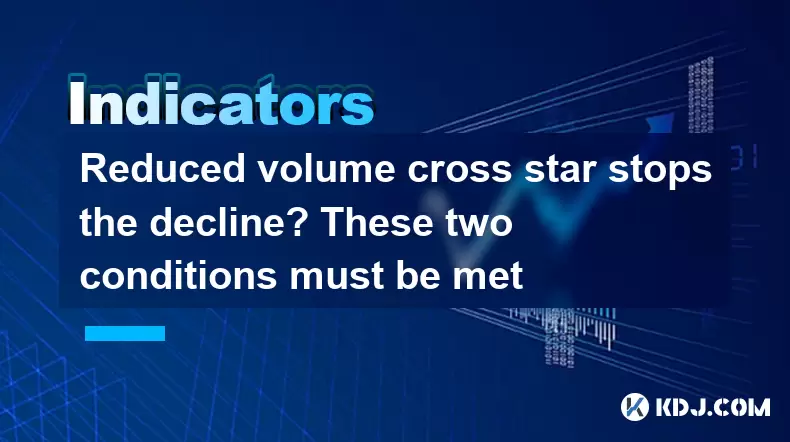
Understanding the Reduced Volume Cross Star Pattern
The reduced volume cross star is a candlestick pattern that often appears during periods of market indecision. This formation typically occurs when the opening and closing prices are nearly identical, creating a small body with long upper and lower shadows. When this happens alongside a noticeable decrease in trading volume compared to previous sessions, it can signal a potential reversal or consolidation phase.
In the cryptocurrency market, where volatility is high and sentiment shifts rapidly, identifying such patterns becomes crucial for traders. The key lies not only in recognizing the visual structure of the candle but also in analyzing the accompanying volume behavior. A cross star with reduced volume suggests that neither buyers nor sellers are taking strong positions, indicating waning momentum.
Condition One: Confluence With Key Support Levels
For a reduced volume cross star to act as a reliable indicator of a stop in decline, it must appear near a significant support level. In crypto trading, support levels are areas where historical buying pressure has been strong enough to halt further price drops. These could be based on:
- Previous swing lows
- Fibonacci retracement levels
- Trendline intersections
- Moving average zones
When the cross star forms at these critical points, especially after a prolonged downtrend, it increases the probability that institutional or algorithmic buyers may be stepping in. It's important to verify that the price does not break below this support zone decisively, which would invalidate the potential reversal signal.
Traders should use tools like the TradingView platform to plot these levels accurately. Additionally, checking multiple timeframes (such as daily and 4-hour charts) helps confirm whether the support area is respected across different cycles.
Condition Two: Confirmation Candle Must Follow
A single cross star, even with reduced volume, is not sufficient to conclude that the decline has stopped. The second condition involves observing what comes immediately after the pattern. Specifically, the next candle following the cross star should exhibit signs of strength, such as:
- Closing above the high of the cross star
- Increasing volume compared to the prior session
- Positive price action like bullish engulfing or hammer formations
This confirmation candle serves as validation that the market is shifting from indecision to direction. If the price continues to trade sideways or breaks down again, the cross star loses its significance as a reversal signal.
It’s essential to wait for this confirmation before entering any trades. Patience allows traders to filter out false signals and avoid premature entries that could result in losses.
Volume Behavior and Its Role in Validation
Volume plays a pivotal role in assessing the strength of any candlestick pattern. In the case of the reduced volume cross star, the shrinking volume indicates that fewer participants are actively engaging in the price movement. However, this alone isn't enough.
After the cross star appears, if volume picks up significantly in the next one or two candles, it reinforces the idea that new interest is entering the market. Conversely, if volume remains low or declines further, it suggests continued apathy or bearish control.
To analyze volume properly, traders should compare it against the average volume over the past 10–20 days. Tools like the On-Balance Volume (OBV) indicator or simple moving averages of volume can provide clearer insights into whether the increase is meaningful or just noise.
Practical Steps to Identify and Trade the Pattern
Trading the reduced volume cross star effectively requires a structured approach. Here’s how you can identify and act on this setup in real-time:
- Use a reliable charting tool like TradingView or Binance’s native interface to view candlestick patterns
- Switch to Japanese candlesticks if they aren’t already enabled
- Look for candles where the open and close are very close, forming a small body with long shadows
- Ensure the volume bar corresponding to this candle is visibly smaller than the surrounding bars
- Check whether the price is approaching or touching a known support level
- Wait for the next candle to close above the high of the cross star
- Enter a long position once the confirmation candle closes
- Place a stop-loss slightly below the lowest point of the cross star
- Set take-profit targets based on nearby resistance levels or risk-reward ratios
This step-by-step process ensures that traders don’t act impulsively and instead follow a disciplined strategy backed by technical analysis.
Common Pitfalls and How to Avoid Them
Many traders fall into traps when interpreting candlestick patterns like the cross star. Some common mistakes include:
- Acting too quickly without waiting for confirmation
- Ignoring the broader trend context
- Misjudging support levels due to lack of proper charting
- Overlooking volume changes that contradict the candlestick signal
To avoid these pitfalls, always combine the cross star with other indicators such as RSI, MACD, or trendlines. Never rely solely on one candlestick to make a trade decision. Instead, treat it as part of a larger analytical framework.
Also, backtesting this strategy using historical data can help validate its effectiveness in specific market conditions. Many platforms offer built-in backtesting features that allow users to simulate trades without risking real capital.
Frequently Asked Questions
Q: Can the reduced volume cross star appear in uptrends as well?
Yes, the cross star can form during uptrends too. In such cases, it may indicate potential exhaustion or a pause in buying pressure rather than a bottoming scenario. Traders should look for similar confluence factors like resistance levels and confirmation candles.
Q: Is it necessary to use volume-adjusted charts for accurate readings?
While volume-adjusted charts aren’t mandatory, they enhance accuracy by smoothing out erratic volume spikes. Using tools like volume moving averages or comparing current volume to historical averages improves interpretation.
Q: How long should I wait for confirmation after a cross star appears?
Ideally, confirmation should occur within the next 1–2 candles. Waiting longer increases the risk of missing the move or receiving conflicting signals from newer candle formations.
Q: Are there alternative candlestick patterns that work similarly to the cross star?
Yes, patterns like the doji, spinning top, and dragonfly doji share similarities with the cross star. Each reflects indecision, but their implications vary depending on location and volume behavior.
Disclaimer:info@kdj.com
The information provided is not trading advice. kdj.com does not assume any responsibility for any investments made based on the information provided in this article. Cryptocurrencies are highly volatile and it is highly recommended that you invest with caution after thorough research!
If you believe that the content used on this website infringes your copyright, please contact us immediately (info@kdj.com) and we will delete it promptly.
- 2025-W Uncirculated American Gold Eagle and Dr. Vera Rubin Quarter Mark New Products
- 2025-06-13 06:25:13
- Ruvi AI (RVU) Leverages Blockchain and Artificial Intelligence to Disrupt Marketing, Entertainment, and Finance
- 2025-06-13 07:05:12
- H100 Group AB Raises 101 Million SEK (Approximately $10.6 Million) to Bolster Bitcoin Reserves
- 2025-06-13 06:25:13
- Galaxy Digital CEO Mike Novogratz Says Bitcoin Will Replace Gold and Go to $1,000,000
- 2025-06-13 06:45:13
- Trust Wallet Token (TWT) Price Drops 5.7% as RWA Integration Plans Ignite Excitement
- 2025-06-13 06:45:13
- Ethereum (ETH) Is in the Second Phase of a Three-Stage Market Cycle
- 2025-06-13 07:25:13
Related knowledge

How to set the stop profit point after the high-level propeller pattern?
Jun 16,2025 at 08:04pm
Understanding the High-Level Propeller PatternThe high-level propeller pattern is a technical analysis formation often observed in cryptocurrency trading charts. It typically appears at significant price peaks and signals potential reversals. The pattern consists of a large candlestick with long upper and lower shadows, resembling a propeller, indicatin...
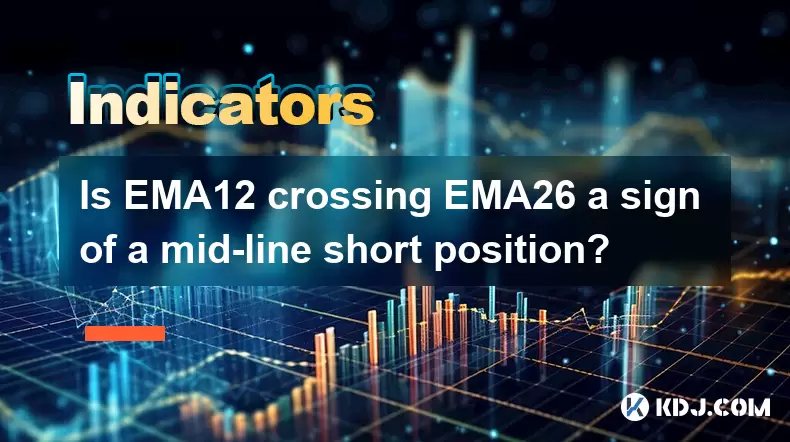
Is EMA12 crossing EMA26 a sign of a mid-line short position?
Jun 16,2025 at 07:22pm
Understanding EMA12 and EMA26 in Cryptocurrency TradingIn the world of cryptocurrency trading, Exponential Moving Averages (EMAs) are widely used tools for analyzing price trends. Specifically, the EMA12 and EMA26 are two of the most commonly referenced EMAs among traders. The EMA12 represents a short-term moving average calculated over the past 12 time...
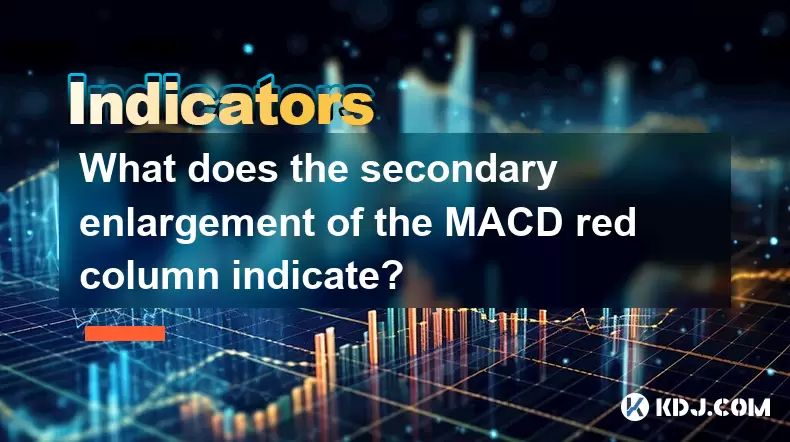
What does the secondary enlargement of the MACD red column indicate?
Jun 16,2025 at 07:49pm
Understanding the MACD Indicator and Its ComponentsThe Moving Average Convergence Divergence (MACD) is a widely used technical analysis tool in cryptocurrency trading. It consists of three main components: the MACD line, the signal line, and the MACD histogram. The histogram, represented as red or green bars, reflects the difference between the MACD lin...
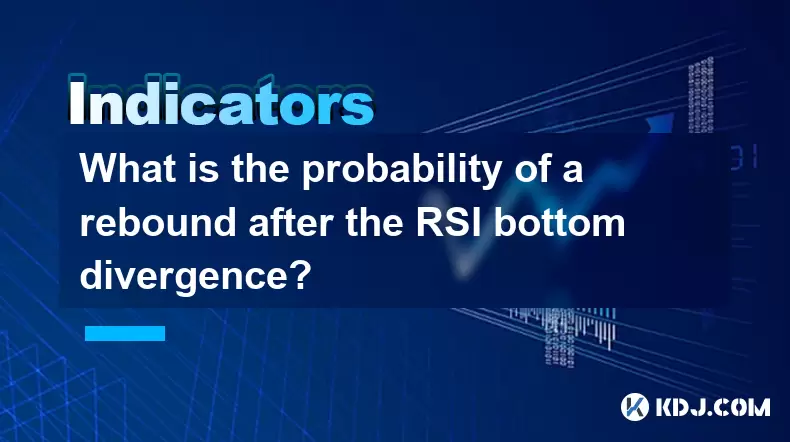
What is the probability of a rebound after the RSI bottom divergence?
Jun 16,2025 at 06:50pm
Understanding RSI Bottom Divergence in Cryptocurrency TradingThe Relative Strength Index (RSI) is a widely used momentum oscillator in technical analysis, particularly within the cryptocurrency market. It helps traders identify overbought or oversold conditions and potential reversal points. A bottom divergence occurs when the price of an asset makes a ...
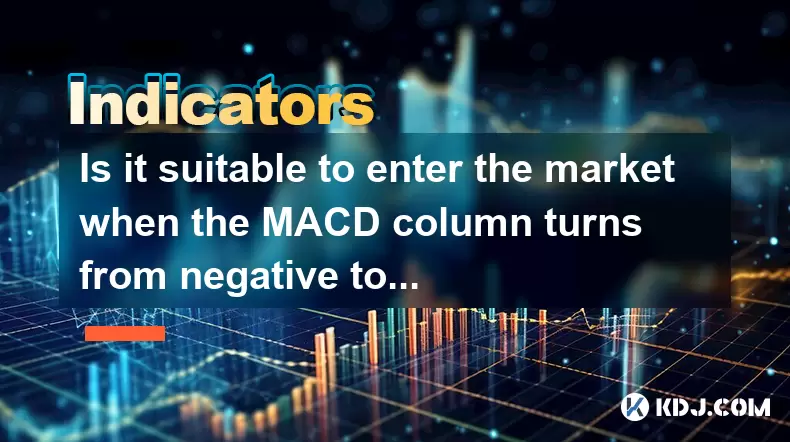
Is it suitable to enter the market when the MACD column turns from negative to positive?
Jun 16,2025 at 06:07pm
Understanding the MACD IndicatorThe Moving Average Convergence Divergence (MACD) is a widely used technical analysis tool in cryptocurrency trading. It consists of three main components: the MACD line, the signal line, and the MACD histogram (often referred to as the MACD column). The MACD line is calculated by subtracting the 26-period Exponential Movi...
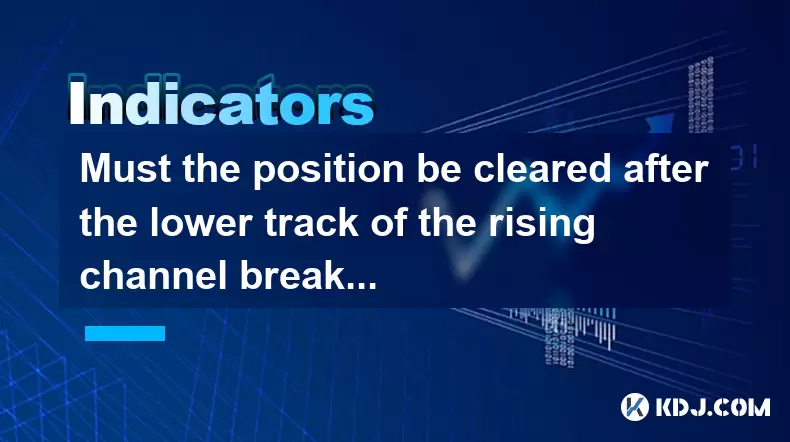
Must the position be cleared after the lower track of the rising channel breaks?
Jun 16,2025 at 04:43pm
Understanding the Rising Channel BreakdownIn technical analysis, a rising channel is formed by drawing two parallel trendlines: one connecting higher lows and another connecting higher highs. When the price breaks below the lower trendline of this channel, it signals a potential reversal or at least a pause in the uptrend. This event often triggers trad...

How to set the stop profit point after the high-level propeller pattern?
Jun 16,2025 at 08:04pm
Understanding the High-Level Propeller PatternThe high-level propeller pattern is a technical analysis formation often observed in cryptocurrency trading charts. It typically appears at significant price peaks and signals potential reversals. The pattern consists of a large candlestick with long upper and lower shadows, resembling a propeller, indicatin...

Is EMA12 crossing EMA26 a sign of a mid-line short position?
Jun 16,2025 at 07:22pm
Understanding EMA12 and EMA26 in Cryptocurrency TradingIn the world of cryptocurrency trading, Exponential Moving Averages (EMAs) are widely used tools for analyzing price trends. Specifically, the EMA12 and EMA26 are two of the most commonly referenced EMAs among traders. The EMA12 represents a short-term moving average calculated over the past 12 time...

What does the secondary enlargement of the MACD red column indicate?
Jun 16,2025 at 07:49pm
Understanding the MACD Indicator and Its ComponentsThe Moving Average Convergence Divergence (MACD) is a widely used technical analysis tool in cryptocurrency trading. It consists of three main components: the MACD line, the signal line, and the MACD histogram. The histogram, represented as red or green bars, reflects the difference between the MACD lin...

What is the probability of a rebound after the RSI bottom divergence?
Jun 16,2025 at 06:50pm
Understanding RSI Bottom Divergence in Cryptocurrency TradingThe Relative Strength Index (RSI) is a widely used momentum oscillator in technical analysis, particularly within the cryptocurrency market. It helps traders identify overbought or oversold conditions and potential reversal points. A bottom divergence occurs when the price of an asset makes a ...

Is it suitable to enter the market when the MACD column turns from negative to positive?
Jun 16,2025 at 06:07pm
Understanding the MACD IndicatorThe Moving Average Convergence Divergence (MACD) is a widely used technical analysis tool in cryptocurrency trading. It consists of three main components: the MACD line, the signal line, and the MACD histogram (often referred to as the MACD column). The MACD line is calculated by subtracting the 26-period Exponential Movi...

Must the position be cleared after the lower track of the rising channel breaks?
Jun 16,2025 at 04:43pm
Understanding the Rising Channel BreakdownIn technical analysis, a rising channel is formed by drawing two parallel trendlines: one connecting higher lows and another connecting higher highs. When the price breaks below the lower trendline of this channel, it signals a potential reversal or at least a pause in the uptrend. This event often triggers trad...
See all articles

























































































